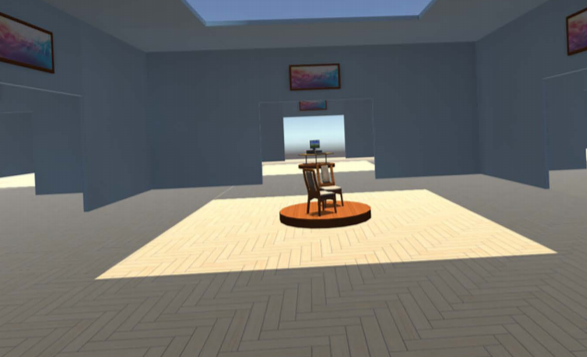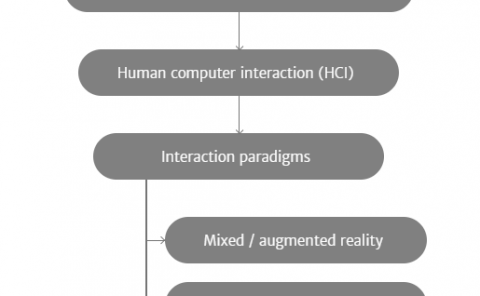Evaluating joystick control for view rotation in virtual reality with continuous turning, discrete turning, and field-of-view reduction
PubDate: April 2018
Teams: Texas A&M University
Writers: Shyam Prathish Sargunam;Eric D. Ragan

Abstract
Head tracking is commonly used in virtual reality applications to allow users to naturally view 3D content using physical head movement, but many applications also support joystick control to allow additional turning. Joystick control is convenient for practical settings where full 360-degree physical rotation is not possible or preferred, such as when the user is lying on a couch or sitting at a desk. Though joystick control provides the benefit of convenience, previous research and development projects have demonstrated joystick-controlled view rotation to have drawbacks of sickness and disorientation compared to more natural physical turning. To combat such issues, researchers have considered various technique configurations such as speed adjustments or reduced field of view, but empirical data is limited on how different design variations for joystick rotation influences sickness and ability to maintain spatial orientation. Our research compares three common joystick rotation techniques: (1) traditional smooth, continuous rotation, (2) continuous rotation with a reduced field of view, and (3) discrete rotation with fixed intervals. In a controlled experiment, participants traveled through a sequence of rooms and were tested on spatial orientation. Results showed no evidence of differences in orientation, but the results of sickness ratings found discrete rotations to be significantly better than field-of-view reduction.


